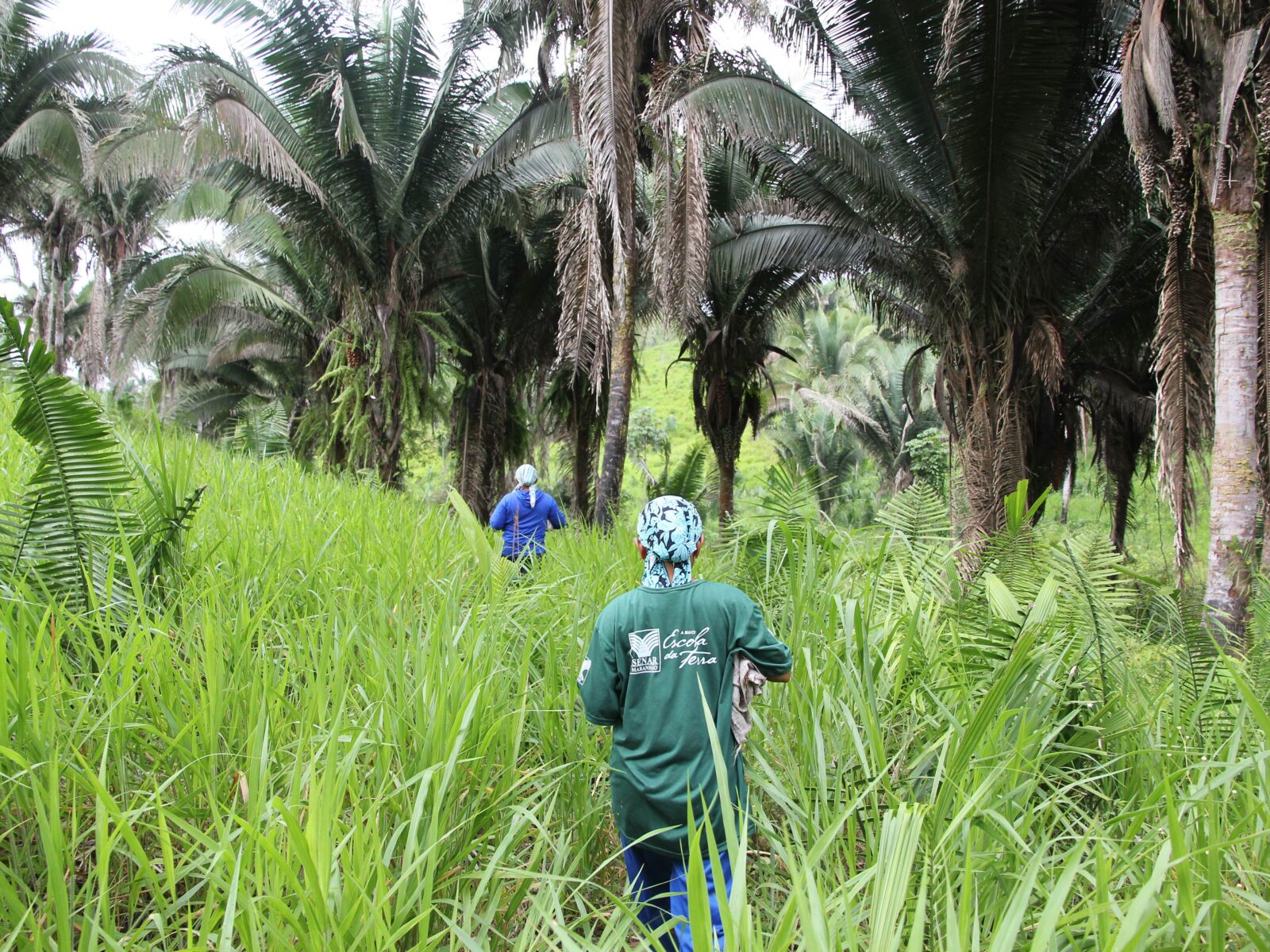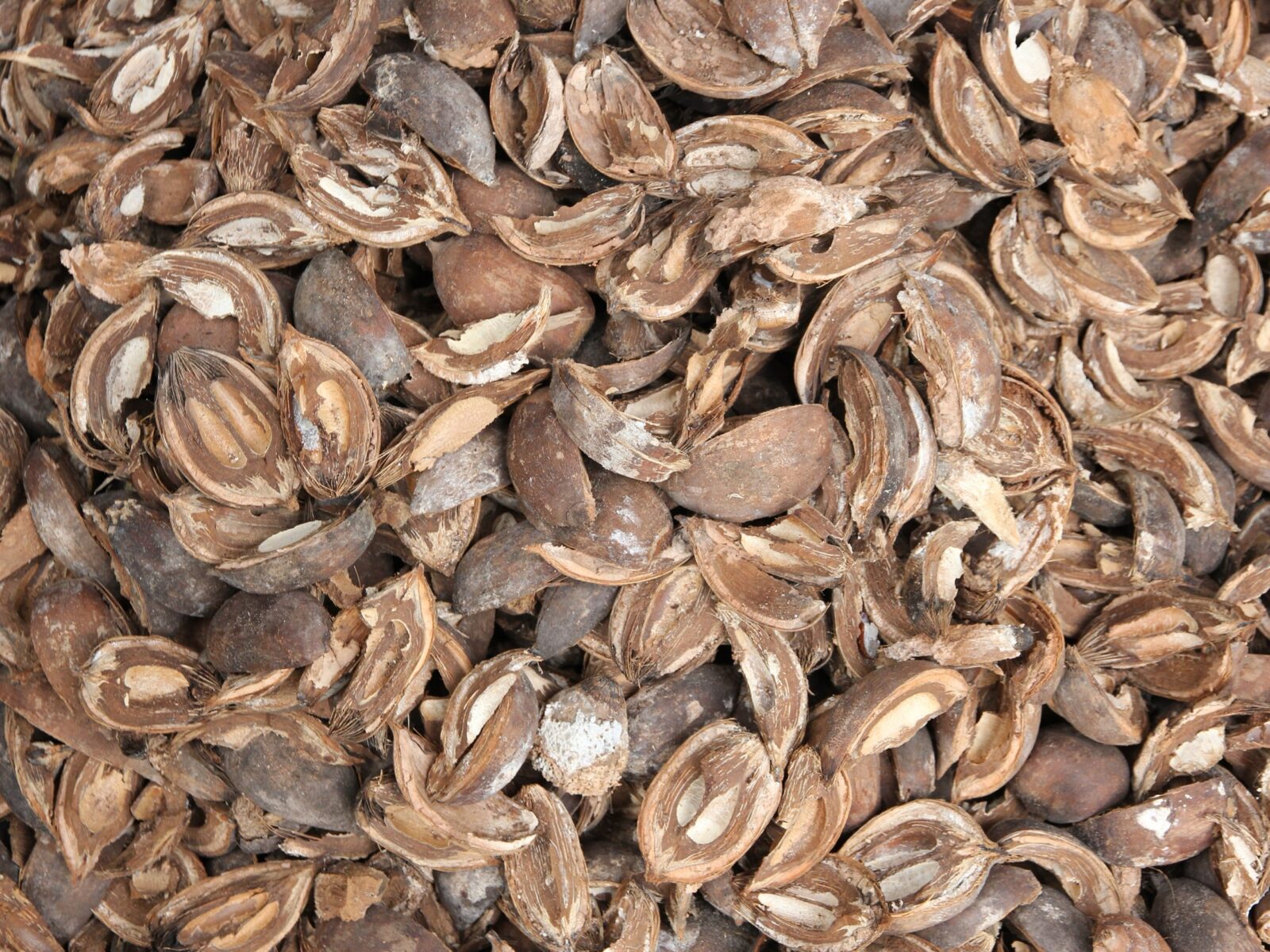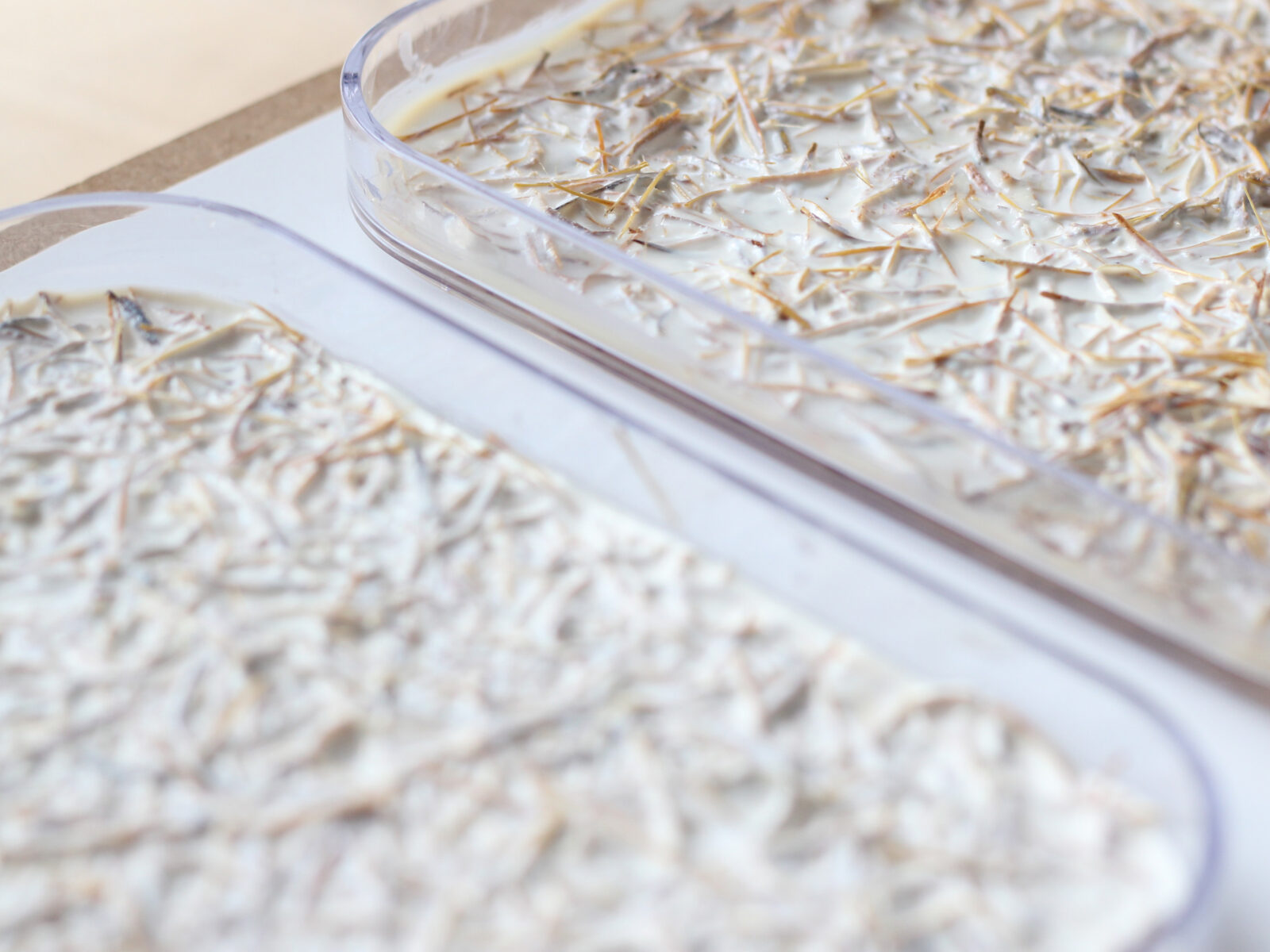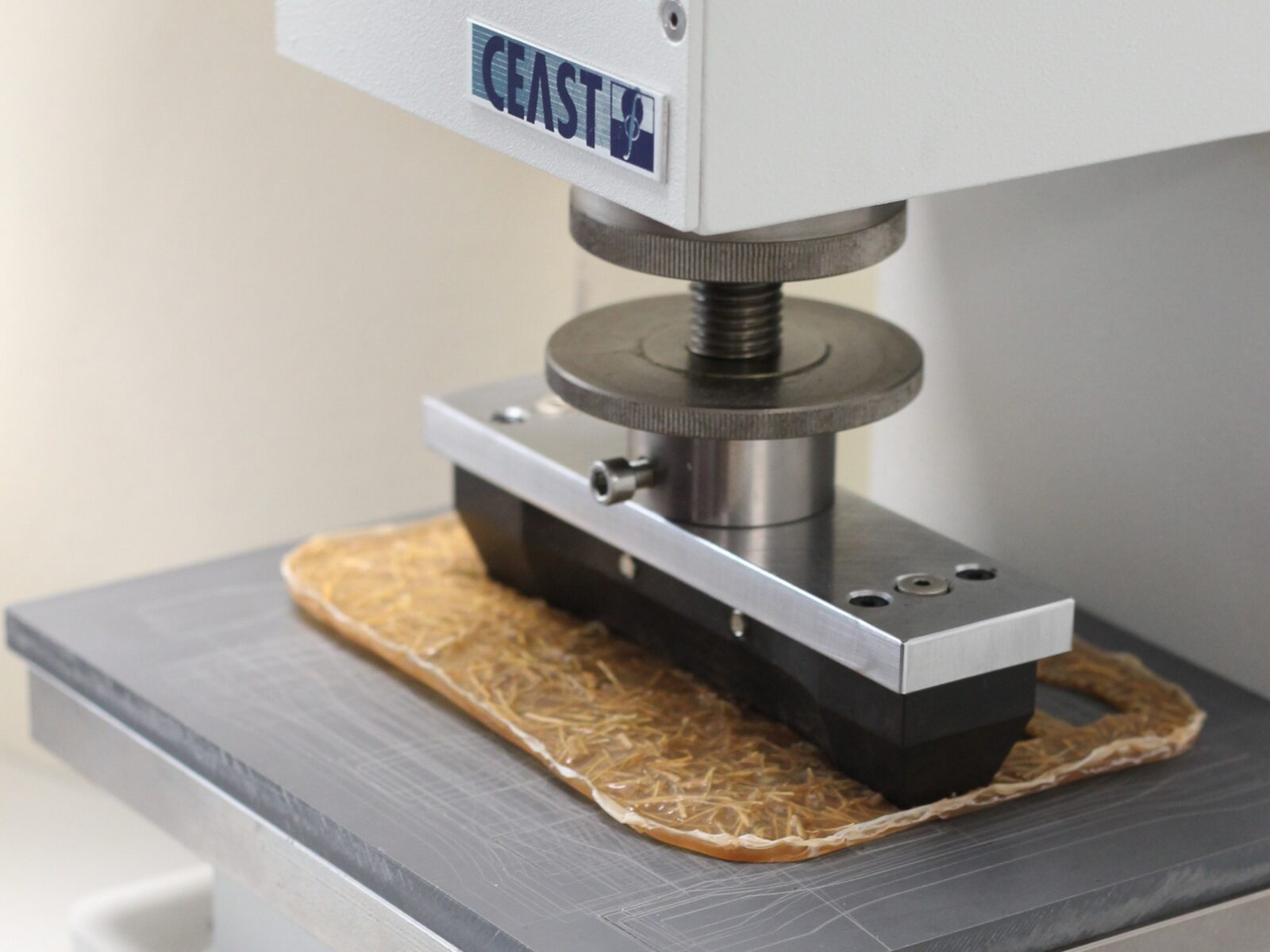German Nieva PhD

Coconut breaker women on their way to collect Babassu palm tree coconuts

Babassu coconut shells, rich in lignocellulose


Hyperlocal Construction Materials for use in Amazon’s Remote Locations
Supervisors: William McLean, Adam Thwaites, Lindsay Bremner
The research concentrates on how to develop architectural strategies to build in rural locations in Brazil. With an initial focus on the Cerrado biosphere and the babassu palm tree, the study aims to identify regional and local opportunities to develop in-situ construction systems and materials. The key objective is to create a resilient approach to building in remote locations, taking into consideration future changes to landscapes resulting from climate change, the growing economic challenges to access construction materials, and consolidating local and regional networks of collaboration within the region. Local techniques and skills are central to the research, while also identifying new methods and where appropriate making use of the latest, and increasingly more accessible, technologies.
Positive approaches to tackling the ecologic crisis tend to look at rethinking our relationship to the landscapes we inhabit, as opposed to the deep-rooted separation of humans and local nature within industrialised economies. This research advocates an approach that is geographically rooted in an area, rethinking what materials can be extracted and bringing the fabrication closer to the economies they serve, minimising supply chains and establishing a closer relationship between communities, economy and ecology. Localising and joining up parts of the construction process imparts the potential to reduce carbon emissions with the use of locally sourced and manufactured sustainable materials.
Working in the Amazon presents several complexities: access to rural communities can be problematic; and the transport of materials and skilled builders is costly and often unviable. Within this context, hyper-local architecture is seen as a valid solution. My initial research has identified the potential to develop a biocomposite from babassu-fibre reinforced with natural rubber. Both substances grow naturally within the tropical rainforest and the Cerrado, and hold the potential to be replicated in several regions across Brazil. Other material opportunities are being explored, such as babassu fibre and babassu oil-based resin composites.
